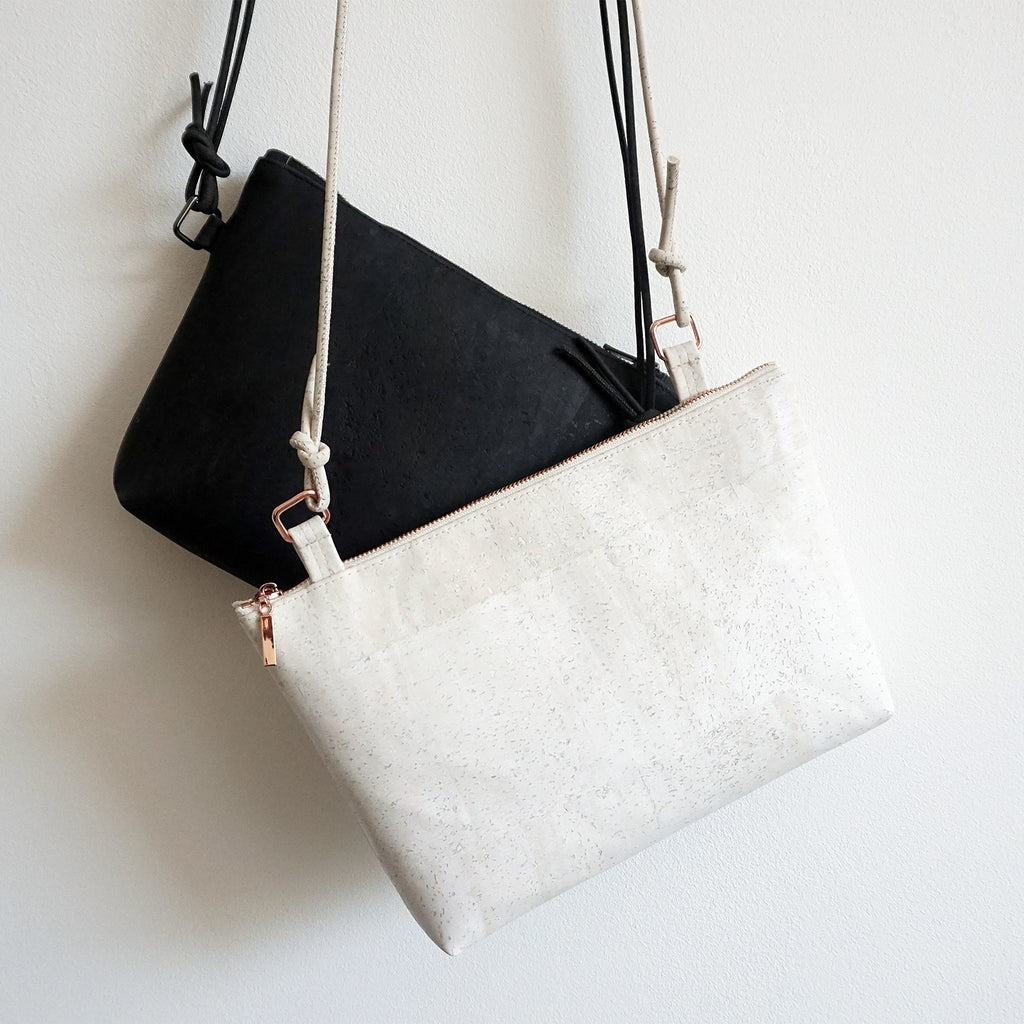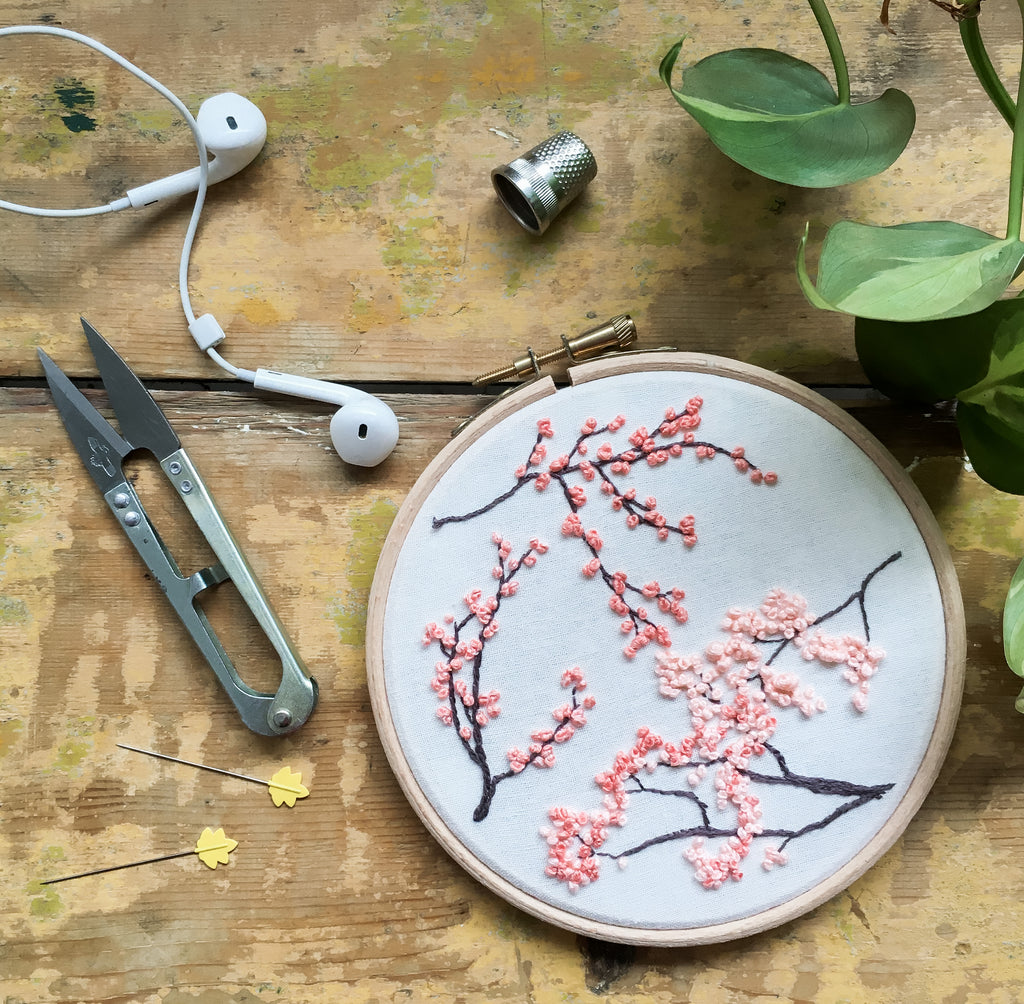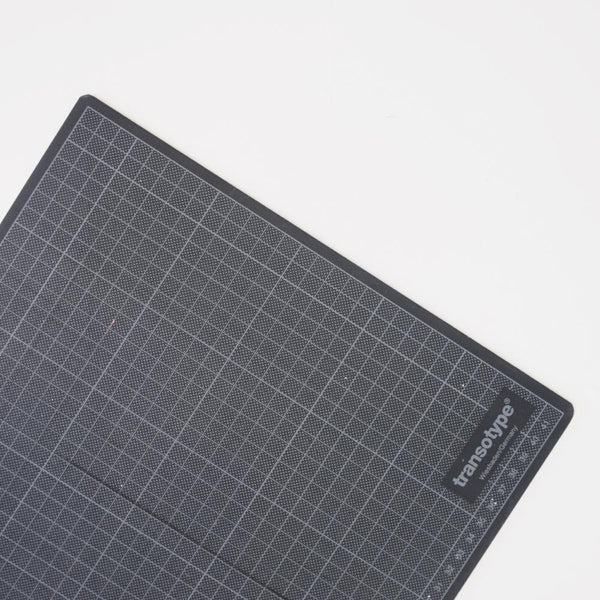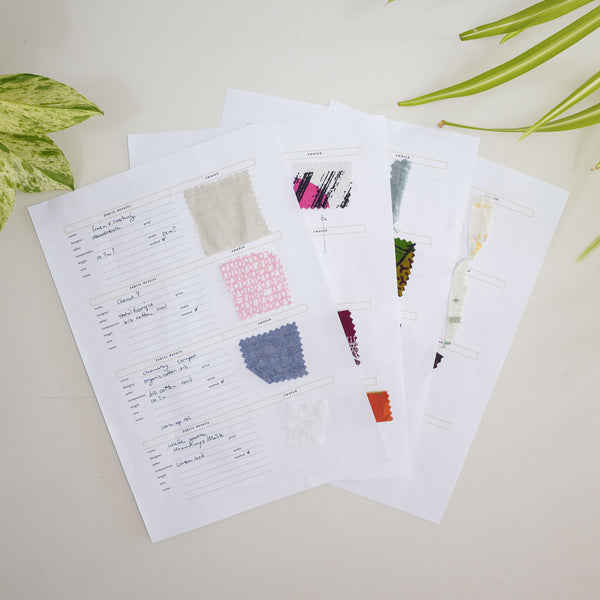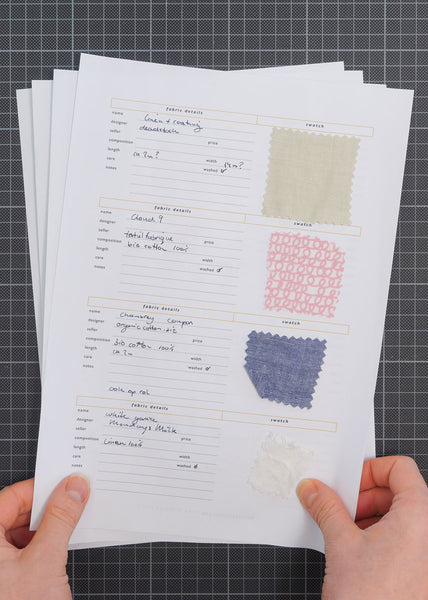New Skillshare Class + Giveaway: How to sew with cork and make a crossbody bag
In this class you'll learn how to sew with cork fabric to create a simple crossbody bag.
So if you are curious about how to sew with cork fabric a.k.a cork leather or vegan leather and you want to learn some basic bag making skills, this is the class for you!
When I first got interested in cork fabric, I had no idea if you could sew the material with a normal home sewing machine, what needle to use or where to find it. Turns out...yes! You can sew cork leather on a regular sewing machine and with a few handy toolit's not as hard as it looks.
What will you learn in this class?
- We’ll go over the specifics of working with cork fabric, like what sewing needles to use and my favorite tools for sewing cork.
- How to shorten zippers set in exposed zippers (metal and plastic)
- How to add zipper tabs for a refined look.
- How to get even topstitching
- how to sew over thick layers
- And finally, I’ll show you how to alter the pattern to create a smaller bag with a round bottom which will hopefully inspire you to do your own tweaks and customize the design.

What's included in this class?
- The crossbody PDF sewing pattern included in the resource section, so you can sew along and make your own.
- My support, I'll do my best to answer your questions in the discussion section.
- A resource list including my favorite online shops that sell cork and notions
- 20+ lessons explaining all the key techniques, step-by-step.
There is much to love about working with cork leather, but these are my main reasons
Cork leather is:
- A great alternative for leather
- Lightweight
- Durable
- Easy to work with on a regular sewing machine
- Available in many colors and prints
Skill level:
You’ll need to be confident using a sewing machine and have at least a few projects under your belt...however I am going to show the process step-by-step so if you are an ambitious beginner you should be able to follow along.
If you are an experienced sewer you’ll probably find that the construction of this bag is fairly straightforward and a fun project to experiment with new material.
At the end of this class, you'll know how to sew a simple bag using cork leather and you’ll be able to make a few simple tweaks to customize the design. The bag is a great addition to your me-made wardrobe and perfect as a gift.
Skillshare
If you are new to Skillshare, it's a subscription service like a Netflix but for learning new skills on mostly creative topics like lettering, sewing, embroidery, filmmaking, illustration, procreate, water colour painting, macrame, ceramics, interior desing, graphic desing and much more!
And if you sign up through this link you got to watch my class and thousands of other classes for free for 2 weeks! By signing up for a free trial I earn a small commission ($10) which supports my work and enables me to create more classes. So thank you if you do! And imagine me doing a tiny, awkward happy dance when you do :)
Giveaway
however if you are only interested in my class, you can use this link there are only 25 free spots in the class! How does it work:
- Read this before you click You'll need to make an account (simply don't fill out billing info and you'll automatically have a free account). Then make sure you are logged in, then click on the link to watch and you should be able to unlock the full class.
- First come first serve.
By signing up through the free link, I don't earn a commission, but it does help my class get found on skillshare. More students = more visibility! so thank you for signing up and participating in the class and imagine me doing a little happy dance whilst spilling my morning coffee.

Happy sewing!
Charlotte
PS: looking for a fun and free sewing project? Sign up to the newsletter for a free copy of the smallest Tsuno Tie Bag and sew up some scraps. If you sign up you also get access to the free printable swatch library, sewing project planner and a few other handy templates. You'll receive the files in your welcome mail :)



